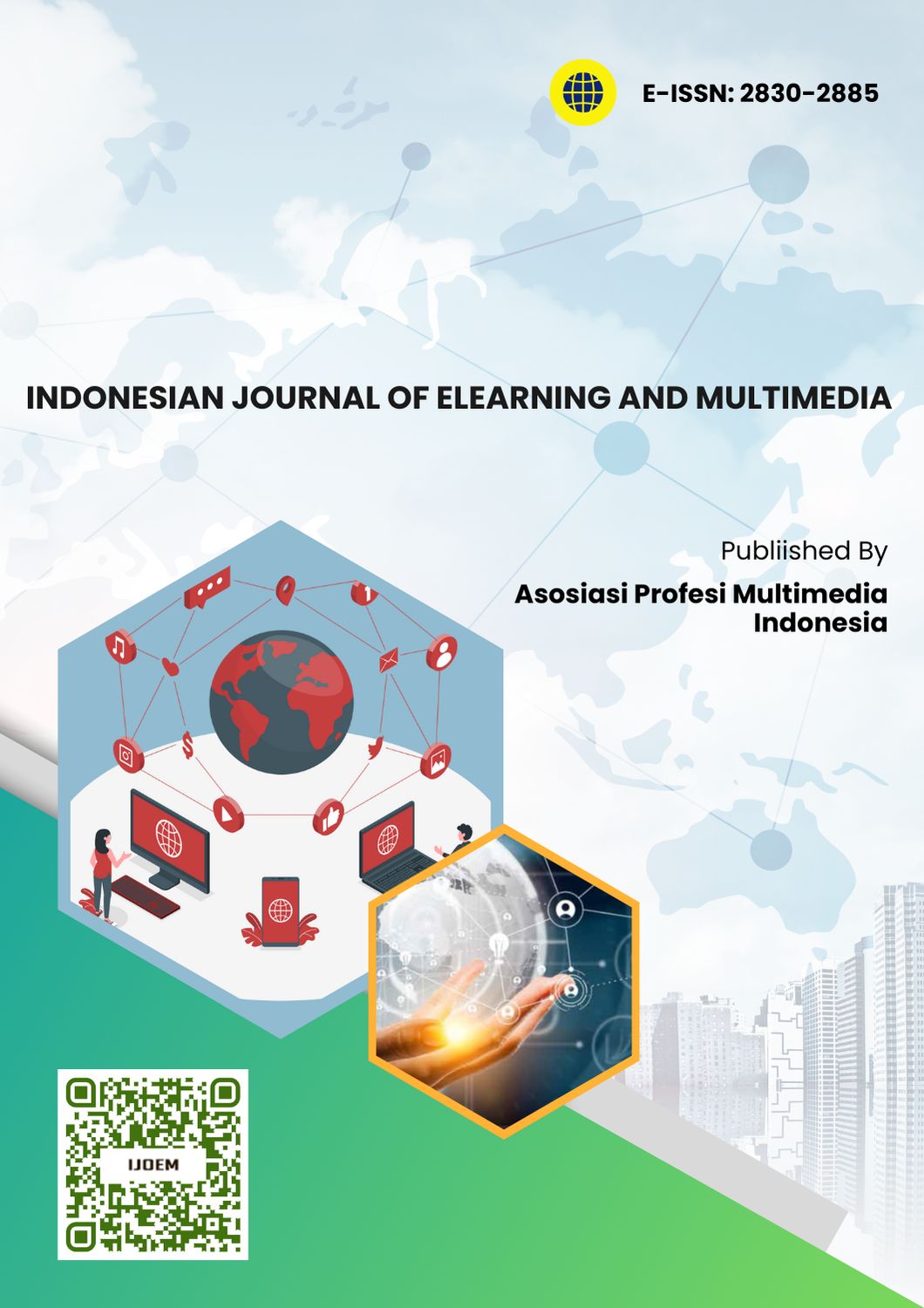Development of Learning Media for Digital Comics Based on a Contextual Approach to Increase Learning Motivation in Optical Instruments
Main Article Content
Abstract
This study aims to describe the feasibility and characteristics of digital comic learning media based on a contextual approach to increase learning motivation on the material of optical instruments and get a good perception of readability from students. This research is a research and development (R&D) with a 3D model with the steps to define, design, and develop. Data collection techniques are non-test techniques that use observation data, document review, and questionnaires. Data analysis techniques are descriptive, qualitative, and quantitative methods. The subjects used in this study were physics teachers and students of class XII in SMA Negeri 2, 4, and 9 Bengkulu City. The results of this study can be concluded that the digital comic learning media developed is included in the very feasible criteria with an average percentage of 90.41% and has the characteristics of a contextual approach and learning motivation so that it deserves to be tested and gets a very good perception from students of the readability of comic learning media digital with an average percentage of 85.70%.
Downloads
Article Details
Copyright (c) 2022 IJOEM : International Journal of E-learning and Multimedia

This work is licensed under a Creative Commons Attribution-ShareAlike 4.0 International License.
References
M. Fitriah, “Transformasi Media Pembelajaran Pada Masa Pandemi Covid-19,” 2020.
& J. Ramdani, Agus., Jufri, Wahab A.., “Pengembangan Media Pembelajaran Berbasis Android pada Masa Pandemi Covid-19 untuk Meningkatkan Literasi Sains Peserta Didik,” J. Has. Penelit. dan Kaji. Kepustakaan di Bid. Pendidikan, Pengajaran dan Pembelajaran, vol. 6, no. 3, 2020.
E. Risdianto, “Pengembangan Multimedia Interaktif (MPI) pada Praktikum Fisika Dasar I,” J. Exacta, vol. VI, no. 2, 2008.
& J. Avrilliyanti, Herlina., Budiawanti, Sri., “Penerapan Media Komik Untuk Pembelajaran Fisika Model Kooperatif Dengan Metode Diskusi Pada Siswa SMP Negeri 5 Surakarta Kelas VII Tahun Ajaran 2011/2012 Materi Gerak,” J. Pendidik. Fis., vol. 01, no. 01, p. 156, 2013.
H. A. Ahmad, “Kenapa Komik Digital,” 2009.
A. K. Widyawati, Ani., & Prodjosantoso, “Pengembangan Media Komik IPA Untuk Meningkatkan Motivasi Belajar dan Karakter Peserta Didik SMP,” J. Inov. Pendidik. IPA, vol. 1, no. 1, p. 25, 2015.
P. & Huriawati, Farida. and I. Permatasari, “PENGEMBANGAN BUKU KOMIK FISIKA POKOK BAHASAN NEWTON BERBASIS KONSTRUKTIVISME UNTUK MENINGKATKAN MOTIVASI BELAJAR SISWA,” JPFK, vol. 1, no. 2, 2015.
I. Anesia, Regita., Anggoro, B. S., & Gunawan, “Pengembangan Media Komik Berbasis Android Pada Pokok Bahasan Gerak Lurus,” Indones. J. Sci. Math. Educ., vol. 01, 2018.
R. Maharani, L., Rahayu, D I., Yuberti, Komikesari, H., Sodikin & Hidayah, “Toondoo Application Based on Contextual Approach: Development of Comic Learning Media,” J. Phys. Conf. Ser., 2019.
P. Hadi, W.S. dan Dwijananti, “PENGEMBANGAN KOMIK FISIKA BERBASIS ANDROID SEBAGAI SUPLEMEN POKOK BAHASAN RADIOAKTIVITAS UNTUK SEKOLAH MENENGAH ATAS,” Unnes Phys. Educ. J., vol. 4, no. 2, 2015.
Sugiyono, METODE PENELITIAN KUANTITATIF, KUALITATIF, DAN R&D, 19th ed. Bandung: Alfabeta, 2013.
Nursafiah, “TANGGAPAN SISWA TERHADAP MODEL PEBELAJARAN INKUIRI TERBIMBING PADA MATERI FOTOSINTESIS DI SMP NEGERI 8 BANDA ACEH,” Biotik, vol. 3, no. 2, 2015.
M. Z. Utami, I. Setiawan, E. Risdianto, and E. Viona, “ANALISIS KEBUTUHAN PENGEMBANGAN MEDIA PEMBELAJARAN KOMIK DIGITAL BERBASIS PENDEKATAN KONTEKSTUAL UNTUK MENINGKATKAN MOTIVASI BELAJAR PADA MATERI ALAT-ALAT OPTIK,” 2021.
M. Afifah, N., Aini, Kurratul & Isnaini, “HUBUNGAN MEDIA PEMBELAJARAN KOMIK DENGAN MOTIVASI BELAJAR SISWA KELAS VII PADA MATERI SISTEM ORGANISASI KEHIDUPAN,” Bioilmi, vol. 4, no. 1, 2018.
Johar, Asahar., Risdianto, Eko. and D. A. F. Indriyati, “PERANCANGAN DAN IMPLEMENTASI MEDIA PEMBELAJARAN BERBASIS WEB PADA BIDANG STUDI BAHASA INGGRIS DI KELAS VII SMP NEGERI 1 KOTA BENGKULU DENGAN MENGGUNAKAN PHP DAN MYSQL,” J. Rekursif, vol. 2, no. 1, 2014.



 Mustika Zahfira Utami
Mustika Zahfira Utami
